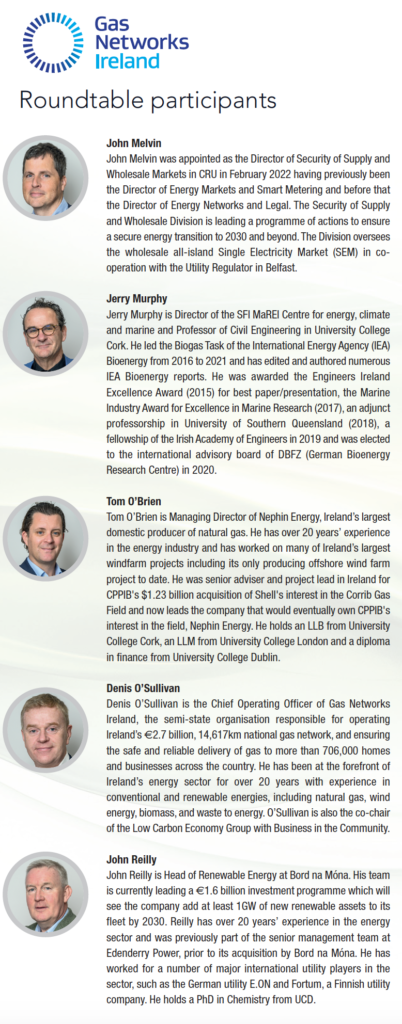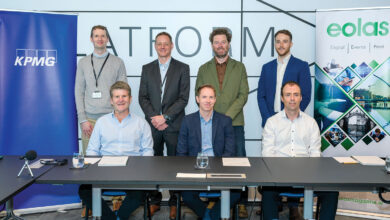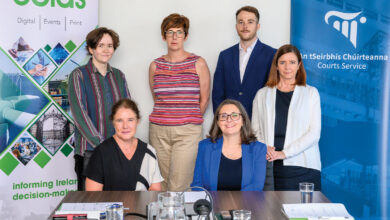Renewable gas is critical to energy security and to achieving net zero carbon by 2050
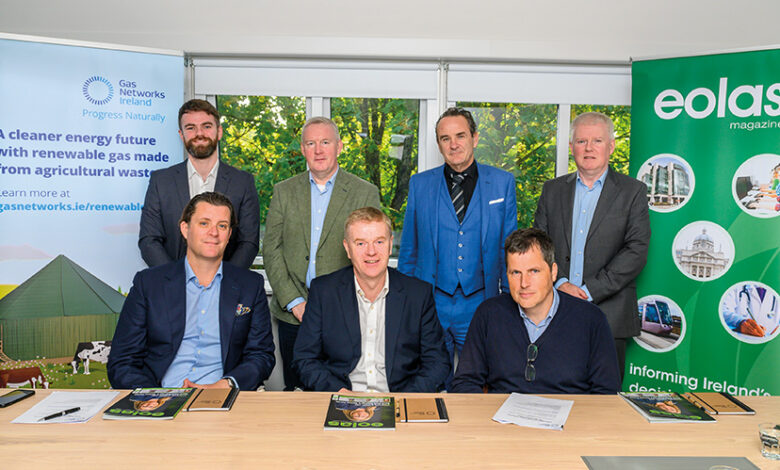
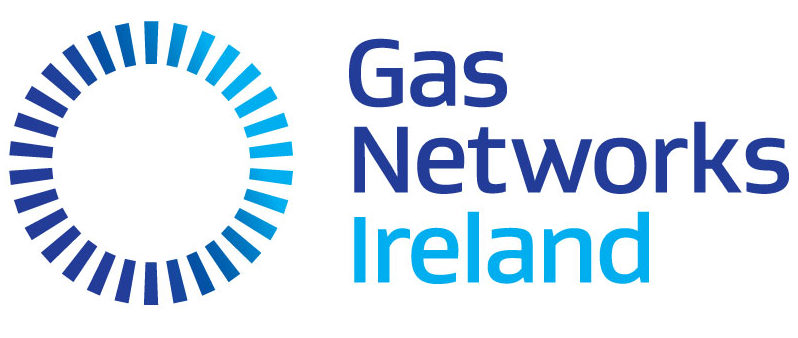 Gas Networks Ireland hosted a round table discussion on how renewable gas can underpin Ireland’s energy security and play a key role in decarbonising the energy system.
Gas Networks Ireland hosted a round table discussion on how renewable gas can underpin Ireland’s energy security and play a key role in decarbonising the energy system.
What role will renewable gas play in simultaneously delivering Ireland’s energy security and its net zero carbon ambition?
Denis O’Sullivan
There is an obvious role for biomethane and other renewable gases substituting for natural gas. Renewable gas will also support the rollout of renewable electricity. We have very ambitious renewable electricity targets, and it will be very difficult to provide a back-up when those intermittent renewable sources, such as wind and solar, are not there. Ireland’s electricity future is predominantly wind, with some solar, and then biomethane and hydrogen. Hydrogen production will also be intermittent as it will be produced from renewable electricity. Therefore, biomethane is really the only renewable fuel source that is fully dispatchable in terms of energy security of supply until we have hydrogen storage at scale. The current focus on energy security has highlighted the need for the diversity in energy supply that biomethane and hydrogen will bring.
John Reilly
Although biogas is peripheral today, it will become crucial. We cannot achieve the level of intermittent renewable electricity needed to meet carbon budgets without dispatchable back-up capacity. The role of gas in getting us to zero carbon on the electricity system is well understood. The key question therefore is how we decarbonise that gas and how quickly do we want to do that. We have just completed a study looking out to 2035, and we see Ireland achieving more than 90 per cent renewable electricity, mainly from wind energy. At that level we will be producing a lot of excess energy that could be used to produce green hydrogen, thereby reducing constraints on the power system. Locating electrolysers strategically on the network could facilitate the injection of that green hydrogen into the gas network, thereby reducing the volume of natural gas required to meet demand. In 2035, if you assume the electricity system has a demand of 45 TWh, you only need about 4.5 TWh of gas-fired electricity. This year we will produce circa 16 TWh of gas-fired electricity. If 50 per cent of gas used comes in the form of a blend of biomethane and green hydrogen by 2035, then carbon emissions from electricity generation will be below 1 MT annually.
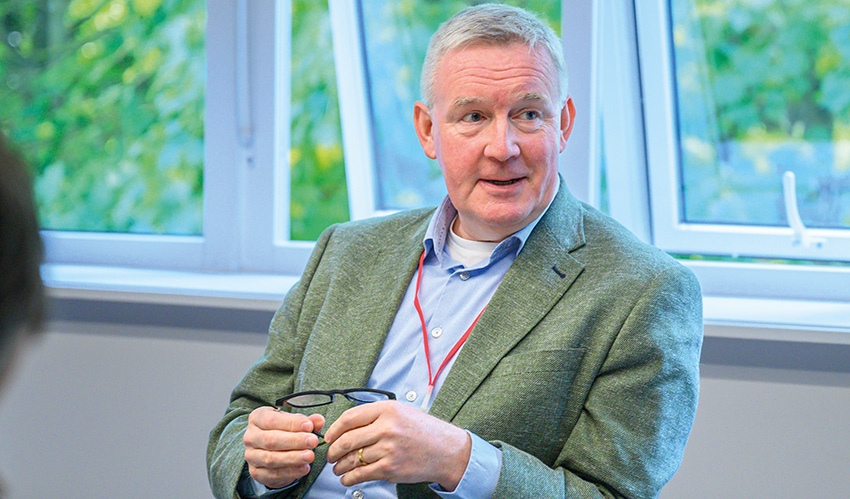
“If 50 per cent of gas used comes in the form of a blend of biomethane and green hydrogen by 2035, then carbon emissions from electricity generation will be below 1 MT annually.” John Reilly
Tom O’Brien
In Ireland, we have been very successful in decarbonising the electricity system. We now need to start decarbonising heat. Ireland has among the lowest levels of renewable heat across Europe. Renewable gas will play a critical role in that. The war in Ukraine has also accelerated the focus around security of energy supply. Increasing domestic gas self-sufficiency is now hugely important. There is also a strong demand from industry for renewable gas, particularly in sectors that are hard to decarbonise such as food and beverage production. Compared to the rest of Europe, we have a lot of catching up to do.
Jerry Murphy
As an academic you are always looking to the future. I could have had this conversation in 1992 when I finished my master’s degree in biomethane. I have led the International Energy Agency Bioenergy Biogas task group for six years and have seen some fabulous case studies and seen what individual countries are doing. For example, Denmark has 25 per cent renewable gas averaged over the year; it has a far-reaching strategy out to 2035 to approach a fully decarbonised gas grid. Their biomethane industry started with a concept of minimising spreading of slurry to land as it was polluting water courses; they built large AD plants to treat slurries and wastes. In Switzerland, I have seen energy co-ops with wind and PV, with biogas to provide for the night-time demand. This co-op is able to produce energy at a time the market needs it, and biogas is a key element in doing that. I have seen a lot of bespoke solutions such as trucks using liquified biomethane, produced from slaughter waste, to fuel 1,000km of heavy truck transport from one fill in Sweden. Unlike a wind turbine, a biogas plant is usually built for a reason beyond just energy, typically to treat a waste stream.
John Melvin
In terms of the path to net zero, certainly renewable gas will have a significant role to play. We now have five-year carbon budgets that we must meet and meeting the 2025 budget will be very difficult, for example, we recently published a paper that shows that, for the first time in many years, the carbon intensity of electricity in the single electricity market has increased. Both hydrogen and biomethane will have an important role to play on the way to net zero. In the short term, we need to inject biomethane into the system and we are now seeing that. The development of hydrogen at a European level, and also at an Irish level, will be key over the next number of years. The oil crisis in the 1970s led to the progress, in leaps and bounds, of energy efficiency. The confluence of the transition to net zero and the need to move away from Russian gas can lead Europe to make a bold move in the development of hydrogen. For Ireland’s energy independence, what fuels we can produce on the island are critical. When we have excess electricity supply, we need to have a means of storing that and batteries and hydrogen will play key roles. Looking at the supply chain for batteries, that will not bring independence for Europe and therefore hydrogen is crucial. We should also ensure that any gas-fired electricity plant is hydrogen-ready, and any further gas infrastructure should be future proofed in terms of hydrogen.
How will the acceleration of renewable gas development align with the European policy context?
Denis O’Sullivan
We are a laggard. In 2019, there was a target set of 1.6 TWh of renewable gas, which equates to roughly 3 per cent of gas consumed in Ireland, as a biomethane target. That target held until the EU proposed a 10 per cent target, 5.7 TWh. I do not believe that Ireland would have moved to that target if it had not come from the EU. We have had electrification as our predominant policy for the last number of years; now is the time when we need a refocusing on the complementary technologies that are out there such as biomethane. We are not going to achieve our targets solely by electrification, we need alternatives. We need to up our game in terms of policy measures and supports for these alternatives.
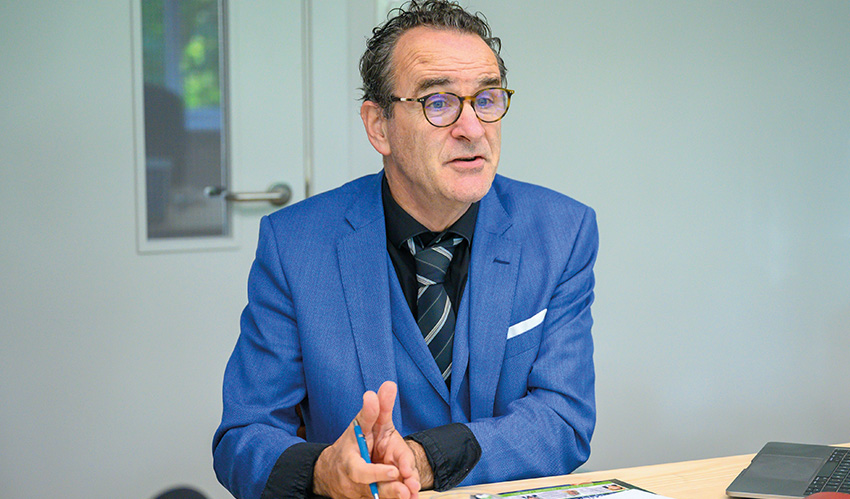
“In decarbonising the heavy transport sector in Ireland, there will need to be change but this impact can be minimised for the citizen by industry working together and realising the opportunities associated with decarbonisation.” Jerry Murphy
John Reilly
This year we hosted the German minister responsible for green hydrogen. He visited a number of sites and was very impressed with the potential Ireland has for green hydrogen production at scale but was underwhelmed by the absence of a coherent strategy. That is something we need to address quickly to ensure alignment with Europe. Therefore, the Government is due to produce a hydrogen strategy for Ireland, which can’t come soon enough, as every time Ursula von der Leyen gives a speech about security of supply, green hydrogen seems to be
at the core of the speech. We know in Ireland that when we put coherent policies in place, the sector delivers. Look what has happened with wind energy, while on the flip side we have made little progress on biomethane in a country that should be leading the way given our resources.
Tom O’Brien
The European Commission found that Ireland has the best agri-feedstock per capita in Europe, but we are only one of three countries in Europe without a policy to incentivise renewable gas development. Now look at what Denmark, the next best country, has achieved – 25 per cent of gas from renewable sources and, at times during this summer, 100 per cent of daily gas requirement was coming from renewable sources. We have an agricultural sector that wants to decarbonise and wants to identify new revenue streams, but we have not done anything yet to empower the sector. REPowerEU has biomethane explicitly included for targets and funding supports and will nudge Ireland along. Hopefully the momentum we see at a European level will spur local policymakers into action.
Jerry Murphy
REPowerEU is important with its doubling of the biomethane target. Ireland is at the back of the class; I am one of the most cited academics with regard to biomethane and there is nothing of merit in my own country to look at. Denmark does not use any energy crops; by 2030, raw slurry may not be spread on the land and from this they have created a biogas industry supplying 25 per cent of the natural gas market. There is exasperation; we look at offshore wind, and MARA is a problem for us. We do not have planning beyond 12 nautical miles. Delegations from the Netherlands and Germany are upset that we have this fantastic resource, but we cannot start. Scotland and England had these laws in place since 2012; Scotland’s offshore infrastructure is incredible and now they are making hydrogen at sea. We are so far behind.
John Melvin
The development of renewable gas could not have any greater alignment with the European policy. Prior to the invasion of Ukraine, it was clear that decarbonisation was needed. We do have biomethane on the system in Ireland, nowhere near the scale needed to meet targets but the first step has been taken. The decarbonisation piece has always been there and the pivot from carbon capture and storage towards hydrogen was visible prior to the invasion. Since then, the production of renewable gasses within Europe has tied in much more strongly for the achievement of strategic autonomy, which the UK has always had an eye on, hence their LNG development long in advance of the decline in their indigenous production.
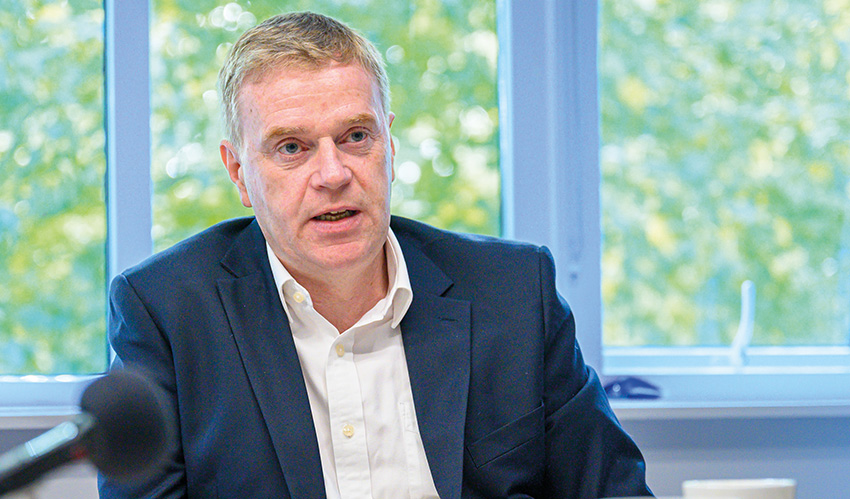
“We are not going to achieve our targets solely by electrification, we need alternatives. We need to up our game in terms of policy measures and supports for these alternatives.” Denis O’Sullivan
How is your organisation supporting the development of renewable gas in Ireland?
Denis O’Sullivan
We do have biomethane coming onto the network, it represents less than 1 per cent but what it does is set the framework for how we will bring larger volumes of biomethane onto the network, how we treat safety requirements, etc. That was done in the absence of policy. The pent-up potential is significant; GNI has approximately 150 projects on the books waiting for a market signal through policy to deliver. The demonstration project is working well but we are moving on from that and the next step is the construction of a large central injection point that has received planning permission. GNI can pull the trigger on that tomorrow but the AD plants that need to be constructed will not be in the absence of supports.
John Reilly
I have had the privilege in Bord na Móna to operate under three CEOs and we have had three runs at biomethane and AD, but progress has been slow for a variety of reasons. We have recently secured planning permission for an 80,000-tonne anaerobic digestor just outside of Portlaoise and we are working with GNI to facilitate the direct injection of the biomethane produced into the gas network. One frustration is the length of time it takes to secure planning for a process and facility that is widely used all over the world. The planning permission has been appealed to the High Court, as that unfortunately is how things go with infrastructure development in Ireland. We hope to have the facility operating in 2025 as part of our wider decarbonisation strategy, which includes the production of green hydrogen at our Mountlucas wind farm to displace distillate from our peaking capacity.
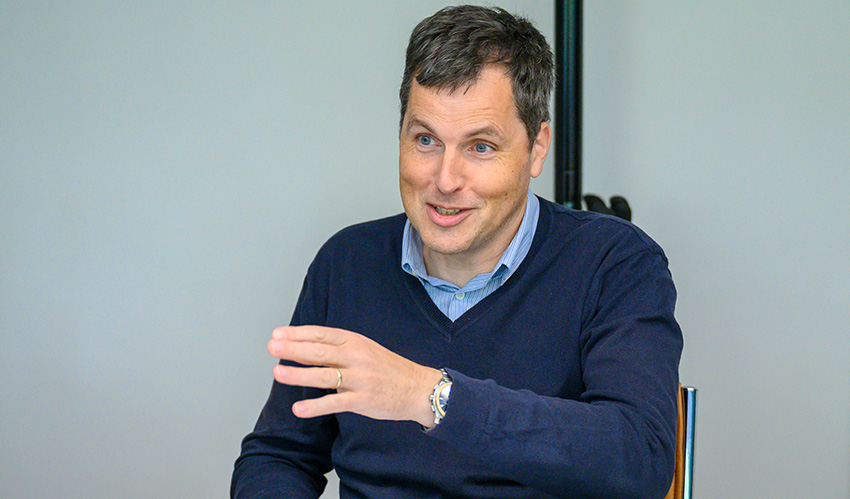
“We have already managed this through careful changes to the code of operations for biomethane injection and changes to the safety case. The consumer can be assured that there will be no difference in terms of safety.” John Melvin
Jerry Murphy
We have 250 researchers at the moment; we have graduated 100 PhDs and we have 100 PhDs in place. We are in the production of intelligence around energy, climate, and marine. We look at where the electrolyser can be positioned, the cost of producing hydrogen, circular economy systems, etc. 250 people come in every day to do research on these types of topics and then go into the atmosphere; 49 per cent have stayed in Ireland. We look at decarbonisation pathways from many perspectives. We have lawyers, ecologists, engineers, and scientists and have 110 industries who have or had contracts with us co-designing practical optimised solutions to sustainability and decarbonisation.
Tom O’Brien
Nephin Energy is well positioned to participate in the industry if it takes off here. We have extensive experience in the production and sale of gas in Ireland and with our capital strength I think we could develop an interesting biomethane business. I think our existing gas buyers would love the opportunity to buy renewable gas from us. There is unmet demand out there for renewable gas, even in the absence of the Renewable Heat Obligation (RHO), which is not to say it is not needed, it is and fast. We desperately need the right regulatory and policy environment for this industry to really take off.
John Melvin
One of the key things we can do is give the funds and incentives to system operators. In the case of GNI, John is anxious that the gas connection gets built quickly to move from distillate to natural gas. The evidence is that GNI can get infrastructure into planning and through construction, so the funds and incentives are there. The innovation fund that we brought in PC3 and PC4 has brought through the pilot methane and compressed natural gas projects to bring lower carbon fuels into transport. That mechanism has delivered to promote these innovations and the aims of the fund are the delivery of carbon savings, increasing the through-put through the gas system, and providing measurable value to customers. As we move into PC5, we would expect a similar approach. Those funds have so far been used to display that these things can be done here.
How will the transition to renewable gas determine the end-user experience?
Denis O’Sullivan
One of the things that we have prioritised is that the end user will have no real change of experience from where they are today. If a customer is using natural gas today, and we blend in anything from 1 per cent to 100 per cent biomethane, they will have no change in their experience. In terms of hydrogen, we are testing blends into our network without impacting the customer experience. Hydrogen is different from biomethane as it is a different chemical construct and we have shown so far that you can blend up to 30 per cent hydrogen without impacting the customer on the distribution system. We have more testing to do on the transmission system and the power generation sector so that they can facilitate hydrogen. We are confident that we can bring the distribution and transmission system to 100 per cent hydrogen over time.
John Melvin
What is clear is that the user experience will have the same level of safety as it does now. We have already managed this through careful changes to the code of operations for biomethane injection and changes to the safety case. The consumer can be assured that there will be no difference in terms of safety.
Jerry Murphy
In terms of transport, in Linköping they have a slaughter facility in operation since the 90s where they digest by-products to provide fuel for 85 buses. This was a system set up by their farmers association, the university, the municipality, and the bus company. The biogas facility recently lost the contract supplying biogas for the bus service, so they set up liquified biomethane service station for trucks that are now able to travel up to 1,000km on one fill which is suitable for long distance haulage. The biogas facility worked closely with their stakeholders to deal with changes. In decarbonising the heavy transport sector in Ireland, there will need to be change but this impact can be minimised for the citizen by industry working together and realising the opportunities associated with decarbonisation.
What one thing should government do to support the development of renewable gas deployment in Ireland?
John Reilly
We need a coherent, robust policy framework for biomethane and other renewable gases that contribute to the decarbonisation of the gas network. That framework should include appropriate supports, similar to those seen in wind energy. I did a PhD in pharmaceutical chemistry and when doing that I was rather excited by large complex molecules. I hope to finish my career by being excited by the smallest molecule known to mankind, hydrogen.
Denis O’Sullivan
Energy system integration, which is highlighted in the Climate Action Plan. There needs to be a coherent plan between gas and electricity and a policy pathway clearly laying out that pathway with relevant supports put into place. At the moment every sector has their own targets, and we need a coherent plan across all sectors.
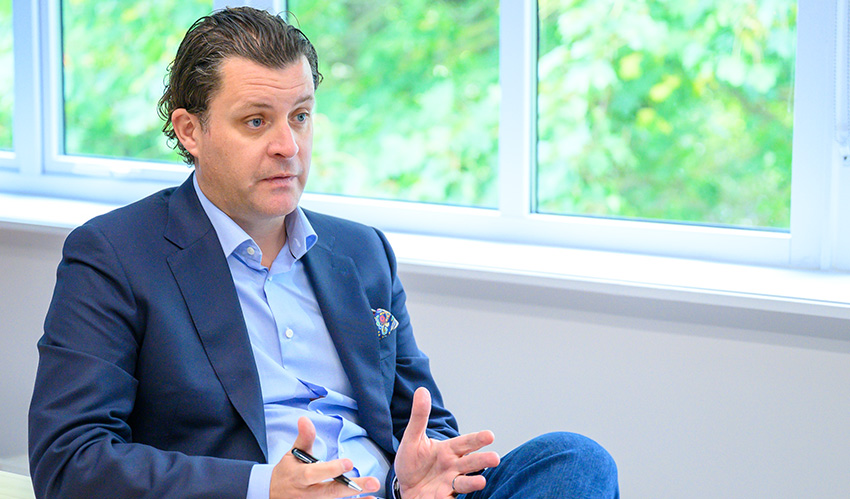
“The European Commission found that Ireland has the best agri-feedstock per capita in Europe but we are only one of three countries in Europe without a policy to incentivise renewable gas development.” Tom O’Brien
Tom O’Brien
We are likely to have a stick in the form of the RHO, but as we have seen across Europe, we need a carrot in terms of grants or subsidies to accelerate growth, particularly in the early years. We also need to look at our planning system. Germany and Austria have benefitted from easier transparent planning for AD development.
Jerry Murphy
I have seen very granular policy in Germany that dictates how much water to have in slurry, etc. I have seen higher level policy such as in Denmark, which introduced a phase out over 20 years in application of raw slurry to land which led to the development of biogas facilities of scale. The best way to develop the renewable gas sector in Ireland is to mandate a graduated increasing percentage of gas to be from renewable sources over defined time periods.
John Melvin
CRU has Action 54 in CAP 21, expanding the successful public sector energy efficiency monitoring and reporting programme to incorporate GHG emissions reduction. We need to swiftly decarbonise the gas grid through biomethane and hydrogen, which will facilitate growth on the way to net zero. The sooner we decarbonise our own economy, the sooner we can look at opportunities to export clean energy.
